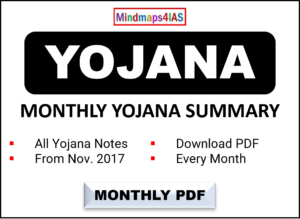Supergranular Cells and Sunspot Prediction
Key Discovery:
- Relationship: The width of supergranular cells on the solar surface during a solar minimum is linked to the number of sunspots observed during the subsequent solar cycle maximum.
- Application: This relationship can aid in forecasting space weather, improving our understanding of solar activity and its impact on Earth.
Granules and Supergranules:
- Energy Transport:
- Energy produced in the Sun’s core is conveyed by convective fluid flows through the Sun’s convection zone (the outermost 30% of the Sun).
- Granules:
- Size: Approximately 1,000 km across.
- Description: Granules are the tops of convection cells where hot fluid rises from the interior, spreads across the surface, cools, and then sinks inward.
- Supergranules:
- Size: Around 35,000 km across.
- Description: Similar to granules but on a much larger scale, supergranules represent larger convection cells, contributing to the dynamics of the Sun’s surface.
This understanding of granules and supergranules, and their connection to solar activity, provides valuable insights for space weather prediction, crucial for protecting satellites, communication systems, and power grids on Earth.
















